Introduction
Axelerant's website support service wasn't where it needed to be. Now it's getting there. It's taking considerable effort—growing pains—but we're on track. I had a discussion with our leadership on these changes. Here are the questions I asked and the answers they gave.
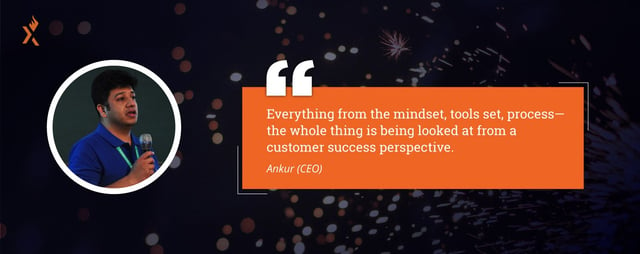
Ankur, CEO
Retrospectively, what have we learned?
In short? We weren’t looking at things holistically and things have to be laid out well. Axelerant's website support service was an afterthought for us too and now it's first thing. It's everything.
Why change website support services?
Because previously our website support service was more inward. It was centered around our Project Managers or Support Managers; we’ve been working with an internal focus and that's just not client centric.
We had an account manager facing the client, but while it wasn’t intentional, there were too many touch points from too many people. And there wasn’t enough transparency, so to speak, around who had what, where to go, etc.
Eliminating these distractions and creating a single point of contact for the customer—from sales, to onboarding, to renewals, to escalation, to SLA management—is the right way to go.
So enough of the "project stuff? speak to that guy..." or "account stuff? go here; there's a single customer facing position, the: Customer Success Manager.
What other things are you altering?
Everything. Everything from the mindset to the process. The whole thing is being looked at from a customer success perspective.
We realized, for example, that we didn’t have the right tools to give us the metrics to measure customer success parameters. So we’re introducing Jira, Service Desk, and other tools to help us discern how well we're doing.
For support, we have to be effective in creating the right solution and efficient in implementing. As well, we have to increase our abilities over time.
How is this different from the competition?
For the competition, the support is an afterthought. Not for us, it's first and foremost.
Michael, COO
What challenges arise from not being client centric?
Because we'd been so focused on internal operations and reasoning, the client's real needs or desired outcomes occasionally got ignored—like our website support service. Worse, in a few cases, because there wasn't a client champion or consistent product owner, the client's high-level goals got lost and we failed to deliver cohesive solutions.
Our outcome on this would be hard calls with clients, frustration on the support team, and executives asking why the heck wasn't the job done right when we're such a process orientated organization.
What about website support service revenue?
Like many organizations, we've initially been about closing the deal and tossing the work on to delivery for them to complete. There wasn't much follow up or account management. Because of this, expansion of the customer value wasn't happening like it needs to promote customer retention.
In fact, we didn't realize how much account expansion money was being left on the table until our lead sales guy took a sabbatical and we had to generate cash flow primarily from account management until new business development took place.
In a single year, we went from about $ 100,000 of account management deals with customers to over $ 1,000,000. 2016's revenue is matching 2015's despite not having a sales guy three-quarters of the year.
What's this customer success focus?
Customer success to me is the holistic process towards mutual benefits and profits between organizations and their clients. I'm finding it interesting that by aligning our importance of meeting the customer's needs by having discussions to figure their whys, we're getting behind their purpose too.
This shared purpose, or more clearly: shared understanding is helping keep customer success managers, solutions architects, quality assurance, developers, etc. aligned more easily than before.
Our days of cowboy coding, getting a requirements document and starting to code without questions, are coming to an end. Thank goodness. Instead, we know what's really the desired outcome before opening up the terminal.
Karuna, Delivery Director
Retrospectively, what have we learned?
Driving customer health needs cross-functional coordination to resolve each type of customer challenge. There is a need for continuous feedback to contributing departments. This is supported by all departments and the central visibility of risks and metrics across the portfolio. This also means better tools and techniques.
Secondly, engineering tiering and related activity delineation in flow, based on capabilities and skill level, is important to bring effectiveness and efficiency—focused work targets.
Why will this approach be more effective, ultimately?
All units have to work together to ensure that any customer relationship is a real business relationship; it's not a generic website support service provider relationship. Effectiveness to me means: “doing the right things at the right time,” and this comes from both Axelerant and customers.
When I look back, I think we have failed to push or to collect timely feedback from customers for proactive decision making—in the past. We have been delivering high priority business values, essentially doing the right things, but not in the planned timeline. Engineering capability based tiering is expected to ensure this effectiveness.
The introduction of the role of Customer Success Manager as opposed to Project Managers, who are more internally focused, is expected to bridge this gap to add more efficiency in the process by eliminating redundancy.

Nathan Roach, Director of Marketing
Germany-based consumer of old world wine and the written word. Offline you can find him spending time with his wife and daughter at festivities in the Rhineland.

 We respect your privacy. Your information is safe.
We respect your privacy. Your information is safe.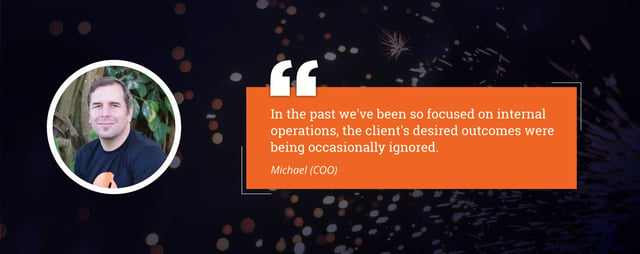
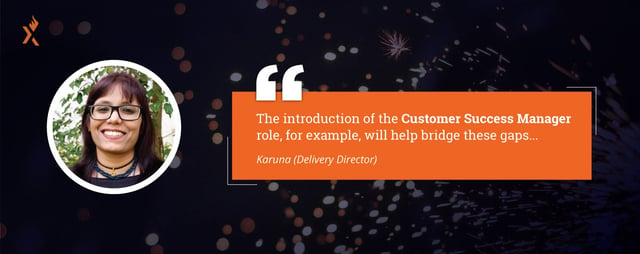
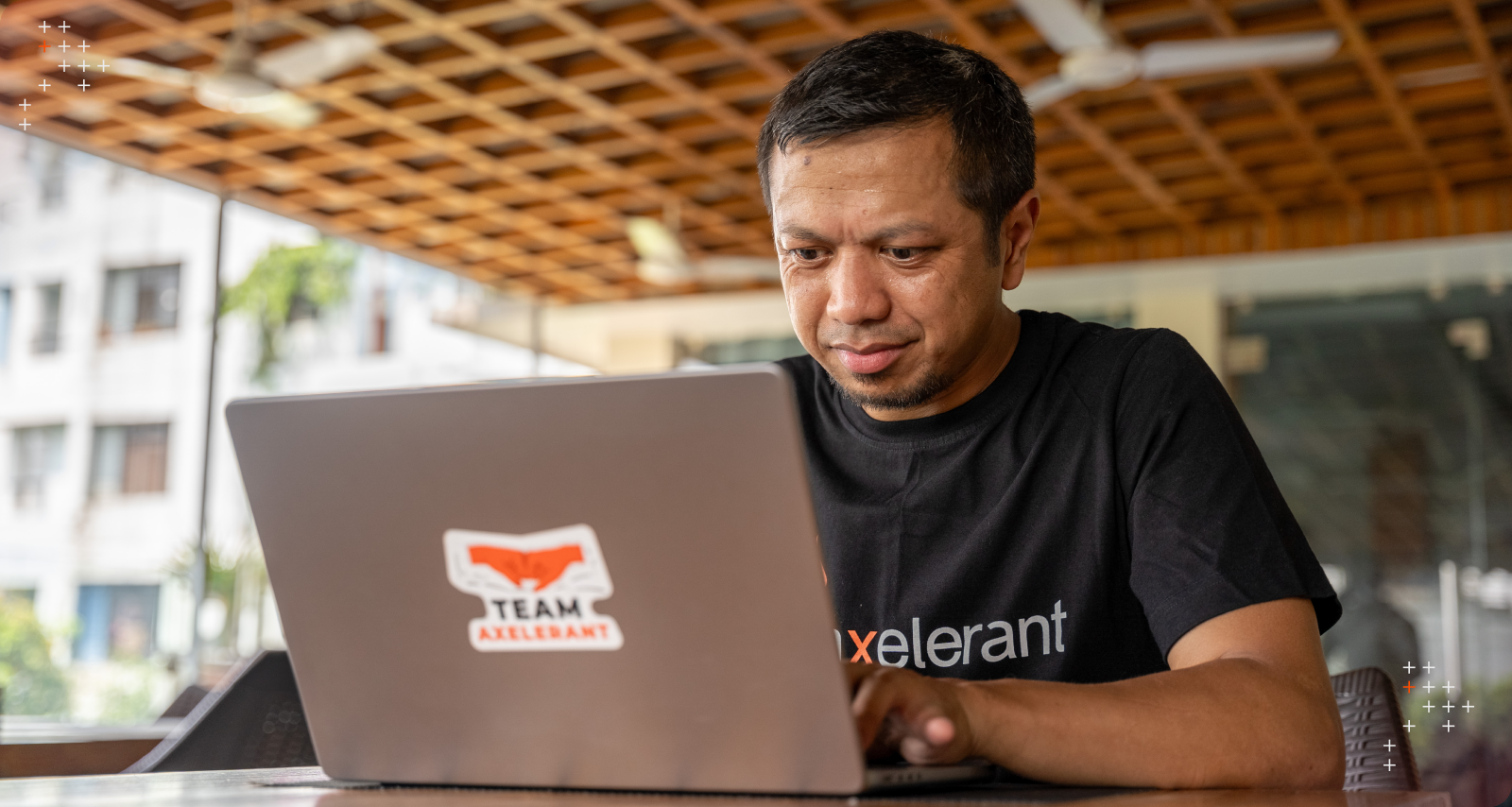

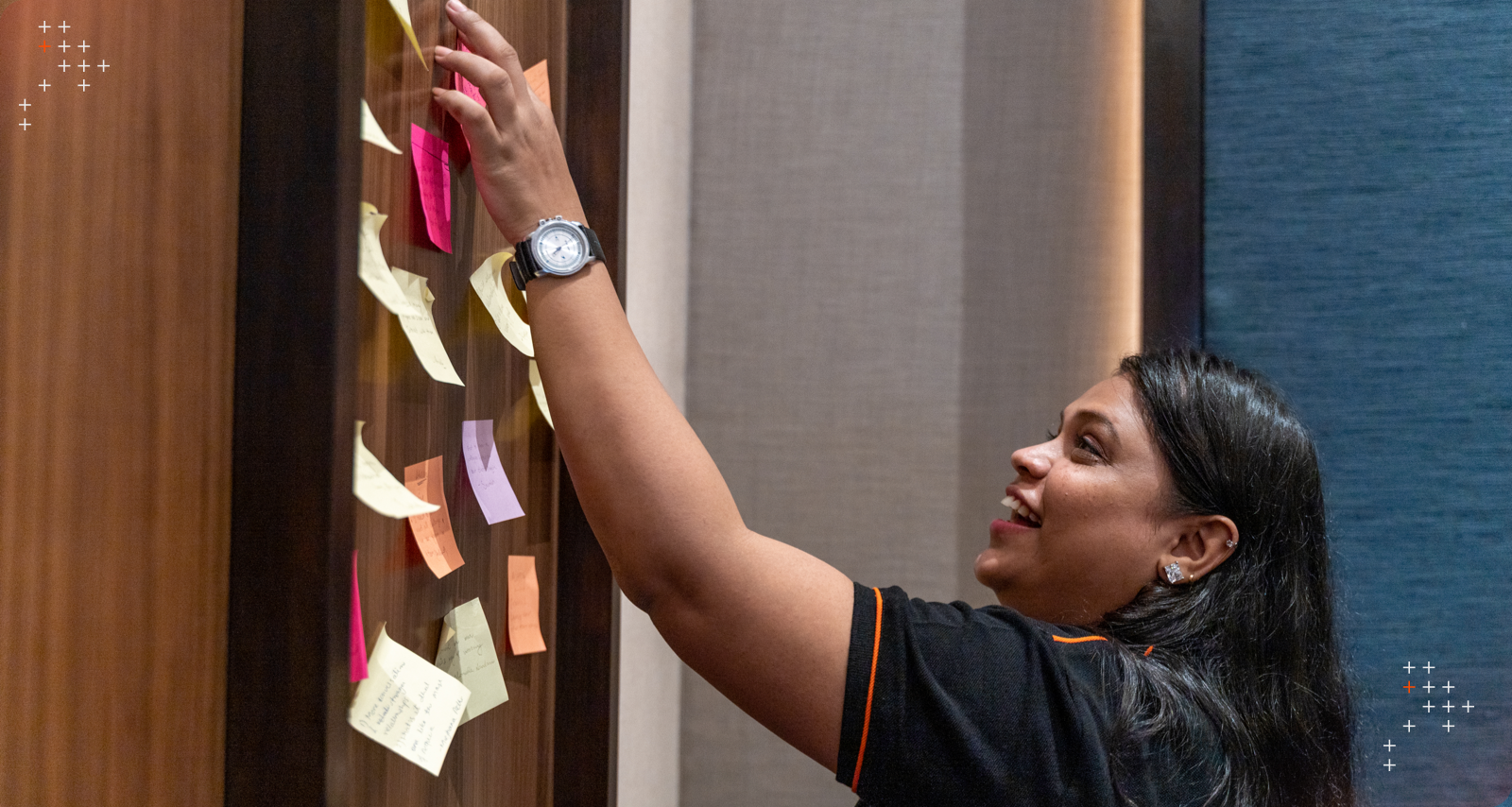

Leave us a comment